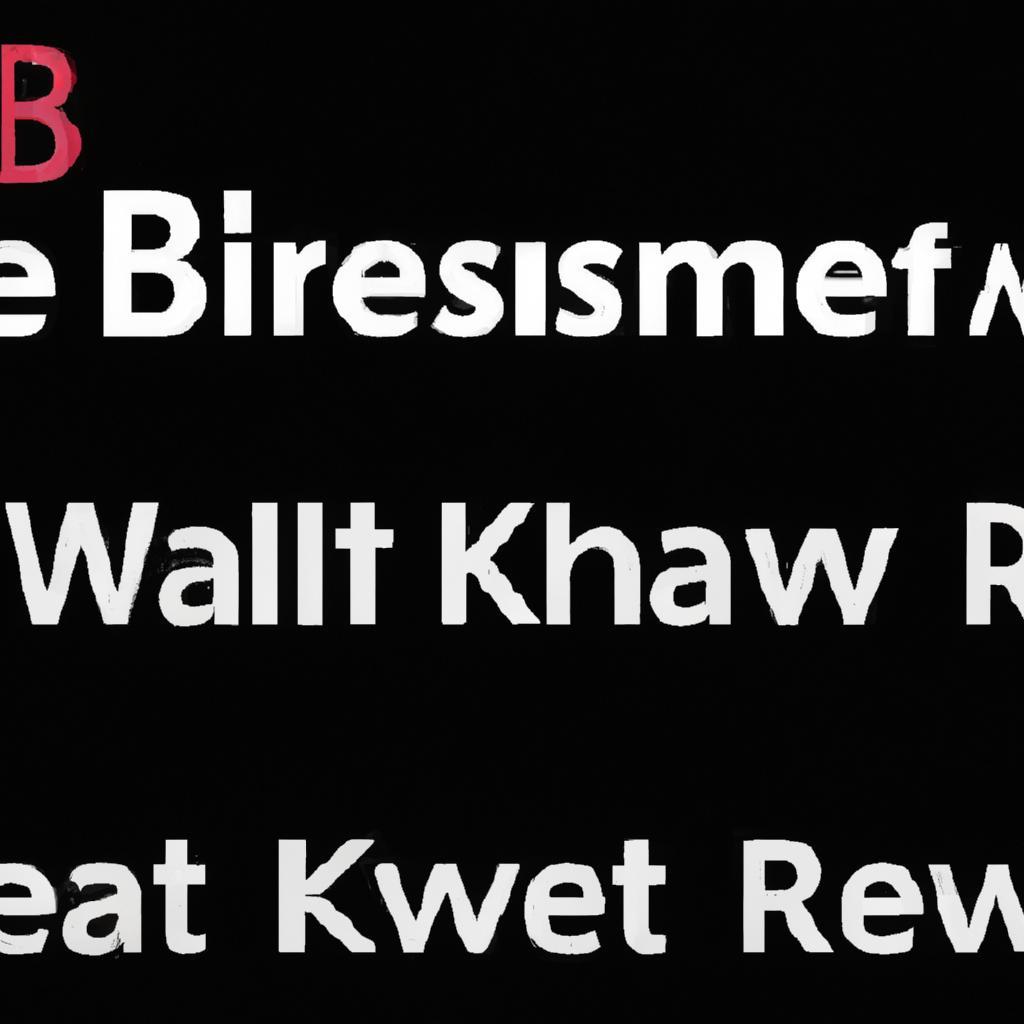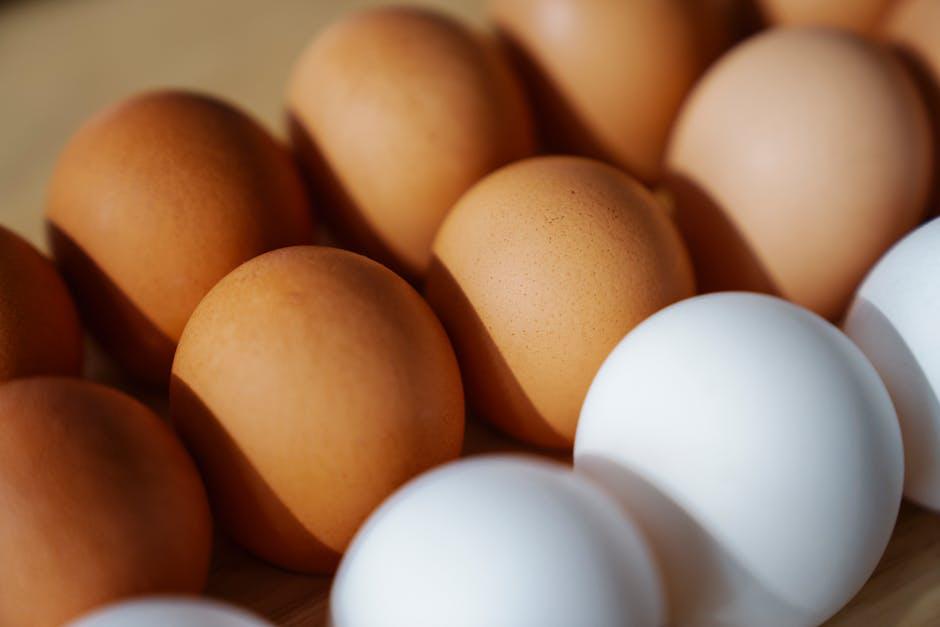In a bustling forest, a curious little tree named Pippa dreamed of adventure beyond her roots. One day, a gentle breeze whispered tales of transformation. Pippa learned that her fibers could become packaging paper, protecting treasures on their journeys. As she swayed, she imagined herself being crafted into sturdy boxes and soft wraps, cradling fragile items and gifts. With each rustle of her leaves, Pippa embraced her destiny, knowing she would play a vital role in connecting people, one package at a time.
Table of Contents
- Understanding the Raw Materials Behind Packaging Paper
- The Manufacturing Process: From Pulp to Product
- Sustainability in Packaging Paper: Eco-Friendly Options
- Choosing the Right Type of Packaging Paper for Your Needs
- Q&A
Understanding the Raw Materials Behind Packaging Paper
Packaging paper is primarily derived from natural fibers, with wood pulp being the most common source. This pulp is obtained from various types of trees, including conifers and hardwoods, which are chosen based on the desired properties of the final product. The process begins with the harvesting of trees, followed by debarking and chipping, which transforms the wood into small pieces suitable for pulping. The resulting pulp is then processed to remove impurities and prepare it for the papermaking process.
In addition to wood pulp, other raw materials can be incorporated to enhance the characteristics of packaging paper. These may include:
- Recycled paper: Utilizing post-consumer waste not only reduces the demand for virgin fibers but also contributes to sustainability.
- Natural additives: Substances like starch or clay can be added to improve strength, printability, and moisture resistance.
- Biodegradable materials: Innovations in packaging have led to the use of plant-based fibers, such as hemp or bamboo, which offer eco-friendly alternatives.
The manufacturing process of packaging paper involves several stages, including pulping, refining, and forming. During pulping, the wood chips are cooked with chemicals to break down the lignin and separate the cellulose fibers. This mixture is then refined to enhance the fiber quality, followed by the formation of sheets on a paper machine. The sheets are pressed and dried to achieve the desired thickness and texture, making them suitable for various packaging applications.
the environmental impact of sourcing raw materials for packaging paper cannot be overlooked. Sustainable forestry practices are crucial in ensuring that the supply of wood pulp does not deplete natural resources. Certifications such as FSC (Forest Stewardship Council) and PEFC (Programme for the Endorsement of Forest Certification) help consumers identify products made from responsibly sourced materials. By , we can make informed choices that support both quality and sustainability in our packaging solutions.
The Manufacturing Process: From Pulp to Product
The journey of packaging paper begins with the raw material: wood pulp. This pulp is derived from trees, primarily softwoods like pine and fir, which are chosen for their long fibers that contribute to the strength and durability of the final product. The manufacturing process starts with the harvesting of these trees, followed by debarking and chipping them into small pieces. These chips are then subjected to a chemical or mechanical pulping process, which breaks down the wood into a slurry of cellulose fibers.
Once the pulp is prepared, it undergoes a series of washing and bleaching processes to remove impurities and achieve the desired whiteness. This step is crucial, as it not only enhances the aesthetic appeal of the paper but also ensures that it meets industry standards for packaging materials. After bleaching, the pulp is diluted with water and fed onto a moving screen, where the water drains away, leaving behind a mat of fibers. This mat is then pressed and dried to form sheets of paper.
After the sheets are formed, they are rolled and cut into various sizes, depending on the intended use. At this stage, additives may be introduced to enhance specific properties of the paper, such as moisture resistance or printability. Common additives include fillers like clay or calcium carbonate, which improve brightness and opacity, and sizing agents that increase water resistance. The versatility of packaging paper allows it to be tailored for a wide range of applications, from food packaging to industrial uses.
the finished product is subjected to quality control tests to ensure it meets the required specifications. This includes checking for strength, thickness, and surface smoothness. Once approved, the packaging paper is ready for distribution, where it will serve as a vital component in protecting and presenting products across various industries. The entire process, from pulp to product, showcases the intricate balance of nature and technology, resulting in a material that is both functional and sustainable.
Sustainability in Packaging Paper: Eco-Friendly Options
In recent years, the demand for sustainable packaging solutions has surged, prompting manufacturers to explore eco-friendly options for packaging paper. Traditional packaging materials often contribute to environmental degradation, but innovative alternatives are emerging that prioritize both functionality and sustainability. These options not only reduce the carbon footprint but also promote a circular economy.
One of the most popular eco-friendly materials is **recycled paper**, which is made from post-consumer waste. This process significantly lowers the need for virgin fibers, conserving trees and reducing energy consumption. By choosing recycled paper, businesses can effectively minimize their environmental impact while still providing robust packaging solutions. Additionally, many companies are now utilizing **plant-based inks** and adhesives, which further enhance the sustainability of their packaging.
Another exciting development in sustainable packaging is the use of **biodegradable materials**. These papers are designed to break down naturally over time, reducing landfill waste and pollution. Made from renewable resources such as sugarcane or bamboo, biodegradable packaging paper offers a viable alternative to conventional plastic-based options. This not only helps in reducing plastic pollution but also supports the use of sustainable agricultural practices.
Furthermore, **compostable packaging** is gaining traction as an eco-friendly choice. Unlike traditional packaging, compostable paper can decompose in a composting environment, returning nutrients to the soil. This type of packaging is particularly beneficial for food products, as it aligns with the growing consumer preference for zero-waste solutions. By investing in compostable options, brands can enhance their sustainability credentials while appealing to environmentally conscious consumers.
Choosing the Right Type of Packaging Paper for Your Needs
When it comes to selecting the ideal packaging paper, understanding the various types available is crucial. Each type serves a specific purpose and is crafted from different materials, which can significantly impact the protection and presentation of your products. For instance, kraft paper is known for its durability and eco-friendliness, making it a popular choice for shipping and wrapping. Its natural brown color adds a rustic charm, appealing to businesses that prioritize sustainability.
Another option to consider is newsprint paper, which is lightweight and cost-effective. This type is often used for wrapping fragile items or as void fill in boxes. While it may not offer the same level of protection as sturdier papers, its affordability makes it a go-to for many businesses looking to save on packaging costs. However, it’s essential to note that newsprint can smudge and may not be suitable for all products.
If you’re aiming for a more polished look, coated paper could be the right choice. This type of paper has a smooth finish that enhances print quality, making it ideal for branding and promotional materials. Coated paper is often used for retail packaging, where aesthetics play a significant role in attracting customers. However, it’s important to balance visual appeal with functionality, ensuring that the paper can still protect the contents effectively.
Lastly, consider recycled paper as a sustainable alternative. Made from post-consumer waste, this type of packaging paper not only reduces environmental impact but also appeals to eco-conscious consumers. Recycled paper can come in various weights and finishes, allowing for versatility in packaging solutions. By choosing recycled options, businesses can demonstrate their commitment to sustainability while still meeting their packaging needs.
Q&A
-
What materials are commonly used to make packaging paper?
Packaging paper is primarily made from:
- Recycled paper: Sourced from post-consumer waste, it reduces environmental impact.
- Wood pulp: Derived from trees, it provides strength and durability.
- Kraft paper: Made from unbleached pulp, known for its toughness and versatility.
-
Is packaging paper eco-friendly?
Yes, many types of packaging paper are eco-friendly, especially those made from recycled materials or sustainably sourced wood pulp. They are biodegradable and can be recycled again, minimizing waste.
-
What are the different types of packaging paper?
There are several types of packaging paper, including:
- Kraft paper: Ideal for wrapping and bags.
- Newsprint: Often used for cushioning and packing.
- Cardboard: A thicker option for boxes and structural packaging.
-
How is packaging paper produced?
The production of packaging paper involves:
- Pulping: Breaking down raw materials into pulp.
- Sheet formation: Spreading the pulp onto screens to form sheets.
- Drying: Removing moisture to create the final paper product.
packaging paper is a blend of nature and innovation, crafted from renewable resources like wood pulp and recycled fibers. As we unwrap the layers of its composition, we appreciate its role in sustainability and our everyday lives.




